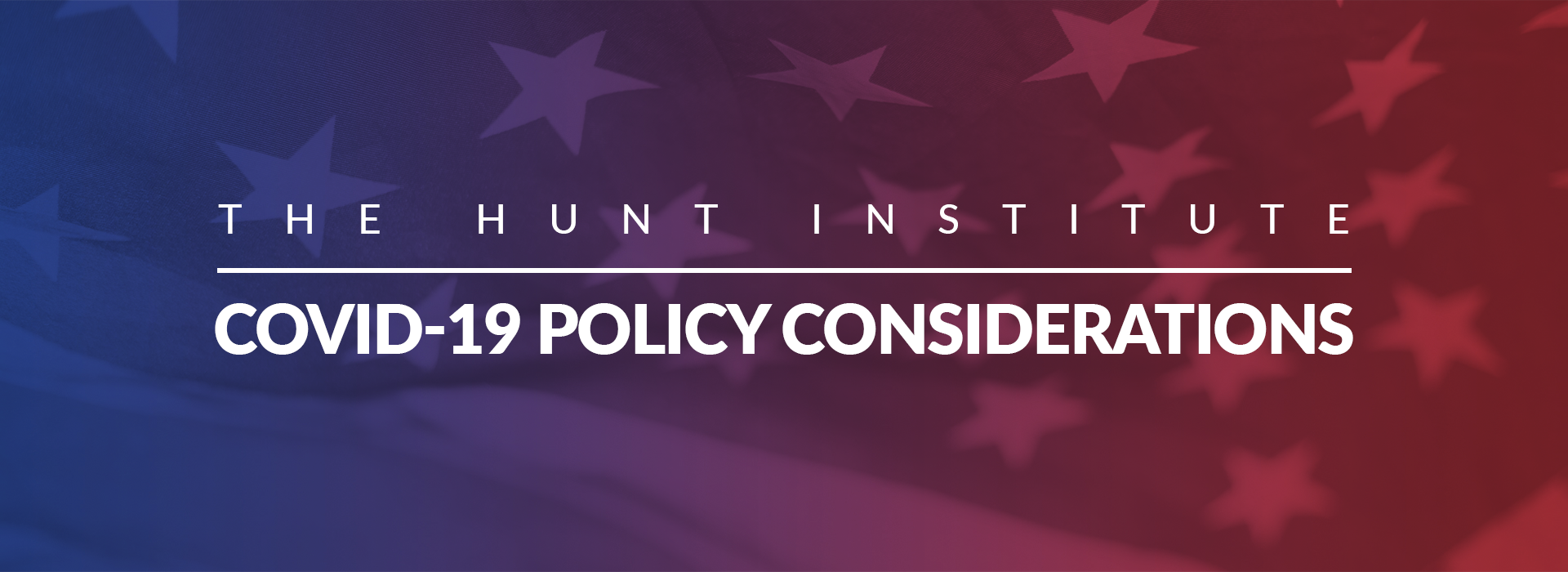

November 3, 2020
Updated Wednesday, June 14, 2021.
Fifteen months ago, state governments expected that the COVID-19 pandemic would leave their budgets in disastrous shape. These predictions were initially correct, as state budgets saw average cuts of 15 percent in summer 2020. Similarly, governors warned about the inevitability of budget cuts reaching 20 percent, should Congressional gridlock at the time denied financial relief for states facing declining tax revenue. Overall, there was significant concern about the impact vast budget cuts would have on schools.
Fortunately, state budgets have largely recovered from the adverse effects of the pandemic, according to the National Association of State Budget Officers (NASBO), thanks in large part to federal relief and less-than-expected decreases in sales tax collection. Overall spending by states is on track to grow three percent for the 2021 fiscal year that ended June 30 for 46 of 50 states. Moreover, fiscal year 2022 budgets proposed by governors are calling for a collective five percent increase in general fund spending totaling $963.6 billion. The NASBO survey found the median growth rate of budgets is 3.2%, varying considerably because of the uneven impact of COVID-19 on state economies and budgets.
Several states enacted education budget cuts during the most recent budget cycle, with several states managing an increased investment in education, including North Carolina with a $345 million increase in education spending, and Massachusetts allotting an additional $108 million increase for direct educational assistance.
Additionally, governors in several states have called for ambitious educational investments for fiscal year 2022, investments of which include the following:
For the past year, the three federal relief packages passed by the Congress have played critical roles in offsetting the severity of the budgetary impacts of the COVID-19 pandemic. The three federal relief packages included, in total, over $280 billion for education, dollars of which went to K-12 education through the Elementary and Secondary Education Emergency Relief Fund (ESSER I, II, & III), the Higher Education Emergency Relief Fund (HEER I, II, & III), and the Governor’s Emergency Education Relief Fund (GEER I, II, & III).
With Congress passing this money to states, the U.S. Department of Education (USDOE) released guidance in late spring explaining how states and school districts can meet requirements for using federal COVID relief dollars in ways that provide equitable support to schools dealing with concentrated poverty. The guidance released by the USDOE include documents addressing questions about the use of funding provided via the ESSER and GEER funds.
Despite impressive budget recoveries and larger educational investments, policymakers must ensure that dollars spent are accounting for the financial harm from the pandemic that continues to disproportionately impact low-income students and students of color. Since those students often reside in districts that cannot tap local resources, state funding support will be critical in the coming months and years as the nation embarks on its recovery from the pandemic.
Avoid fiscal cliffs that increased federal and state funding in education could create in the long-term. Portions of funds coming from ESSER are going to state education agency administration, which can result in increased hiring and other forms of capacity-building. While this is a boon for those agencies in the short-term, they will have to figure out how to keep paying for those increased costs when federal relief money runs out. This predicament could be one of many for public education in the coming years, as different areas of the education sector will need to figure out how to keep up with the costs of maintaining services that may have become increasingly robust because of the additional dollars flowing in from federal relief packages.
Invest dollars to close gaps that were created or exacerbated during the COVID-19 pandemic. Though gaps vary in severity by state, some of the most common inequities to prioritize closing include gaps in learning loss, access to broadband and quality technological devices, and access to quality healthcare services for students, including access to nurses and counselors.
Consider the input of education stakeholders when making spending-related decisions. These stakeholders include families, businesses, and those working directly in public education, as the COVID-19 pandemic has shifted the views of stakeholders on public education and the crucial role it plays on the socio-economic outcomes of students.